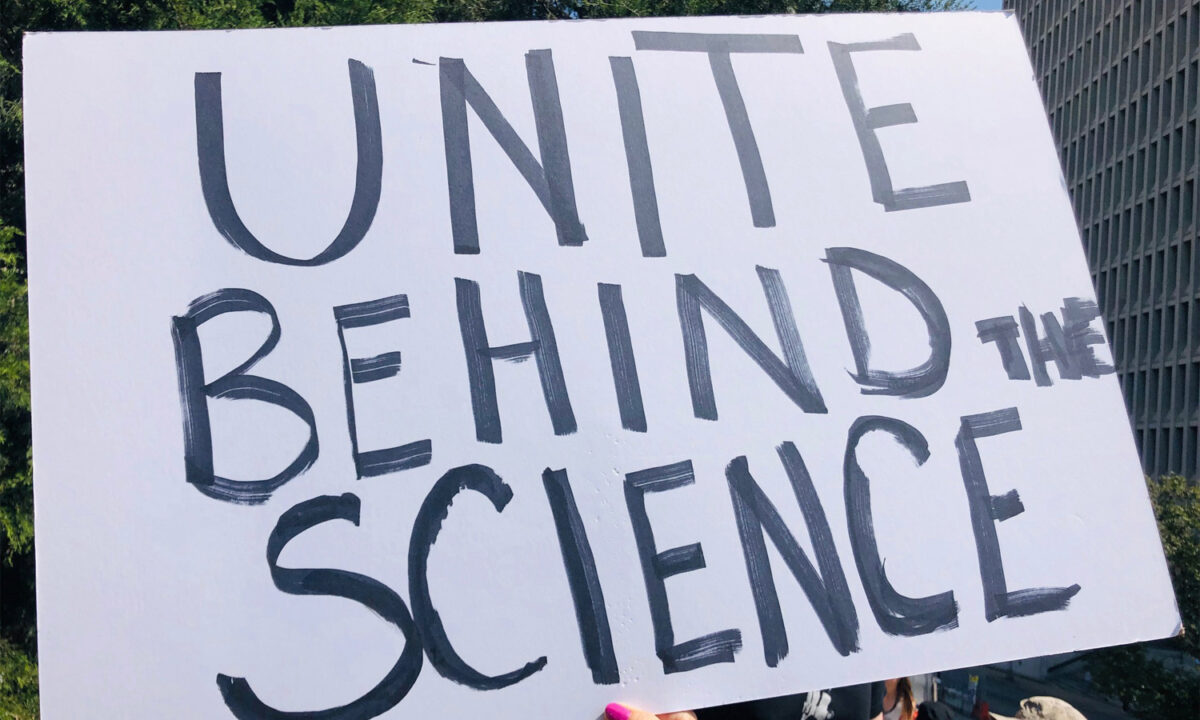Introduction: Advocacy Both In and Out of the High Seas
The high seas are home to hundreds of thousands of different species that can be found 200 nautical miles off the shore. By looking at different mediums of science-based articles and videos, we can begin to look at the effects of science advocacy. It is important for those who look to create scientific change within this world to communicate findings effectively.
Discussion
Sala’s Scientific Ted Talk
Sala’s Ted Talk on turning the high seas into the world’s largest nature reserve is a perfect example of good communication in the field of science. He compiles scientific data, using imagery and comparison to advocate for economic and ecological change. With reference to both Sala’s Ted Talk and his paper “The economics of fishing in the high seas, Sala’s does a good job in constituting normative science (science advocacy this is free of policy bias) as described by Lackey. Although Sala may bring up policy within his findings, he does not push the audience towards specific policies, instead giving them information from his findings to make their own considerations.
Advocacy and Objectivity
Presented by Scott et al. (2007) scientists have found it tough as through the presentation of science they risk either being labeled as policy advocates or they are seen as failing to contribute. Cardou and Vellend (2023) identify how scientists can end up presenting information and data in a way that leads to unintentional stealth advocacy. Stealth advocacy is when scientists vocalize objective science findings but, in reality, are pushing biased policy promotion. In an article titled “Inadvertent Advocacy”, Wilhere (2012) describes ways scientists inadvertently engage in policy advocacy. One being a scientist expresses what they believe to be a scientific judgment but is truly an ethical judgement or personal policy preference. I do believe that objective researchers can be science advocates so long as they do their best to express themselves free of bias or vocalize their bias to their audience. My recommendations for oceans, coasts, and people have very little consequence when it comes to the scientific field and my field of expertise revolves around science and engineering in construction.
Conclusion: Bias or Not
To continue protecting our oceans, coasts, and the people around them, scientists must embrace science advocacy. Scientists should continue to share and educate others on their findings as objectively as possible, and if unable to do some objectively, then focus on being open to what it is they are advocating for.
References
Cardou, F., and Vellend, M. (2023). “Stealth advocacy in ecology and Conservation Biology.” Biological Conservation, 280, 109968.
Lackey, R., and Lackey, R. (2022). “Darwin was right: A scientist needs a heart of stone.” Robert T. Lackey, <https://blogs.oregonstate.edu/lackey/2020/03/23/darwin-was-right-a-scientist-needs-a-heart-of-stone/> (Jul. 13, 2025).
Sala, E., Mayoraga, J., Costello, C., Kroodsma, D., Palomares, M. L. D., Pauly, D., Sumaila, U. R., and Zeller, D. (2018). The economics of fishing the high seas | science advances, <https://www.science.org/doi/10.1126/sciadv.aat2504> (Jul. 14, 2025).
Sala, E. (n.d.). “Let’s turn the high seas into the world’s largest nature reserve.” TED, <https://www.ted.com/talks/enric_sala_let_s_turn_the_high_seas_into_the_world_s_largest_nature_reserve> (Jul. 13, 2025).
SCOTT, J. M., RACHLOW, J. L., LACKEY, R. T., PIDGORNA, A. B., AYCRIGG, J. L., FELDMAN, G. R., SVANCARA, L. K., RUPP, D. A., STANISH, D. I., and STEINHORST, R. K. (2007). “Policy advocacy in science: Prevalence, Perspectives, and implications for conservation biologists.” Conservation Biology, 21(1), 29–35.
WILHERE, G. F. (2012). “Inadvertent advocacy.” Conservation Biology, 26(1), 39–46.

